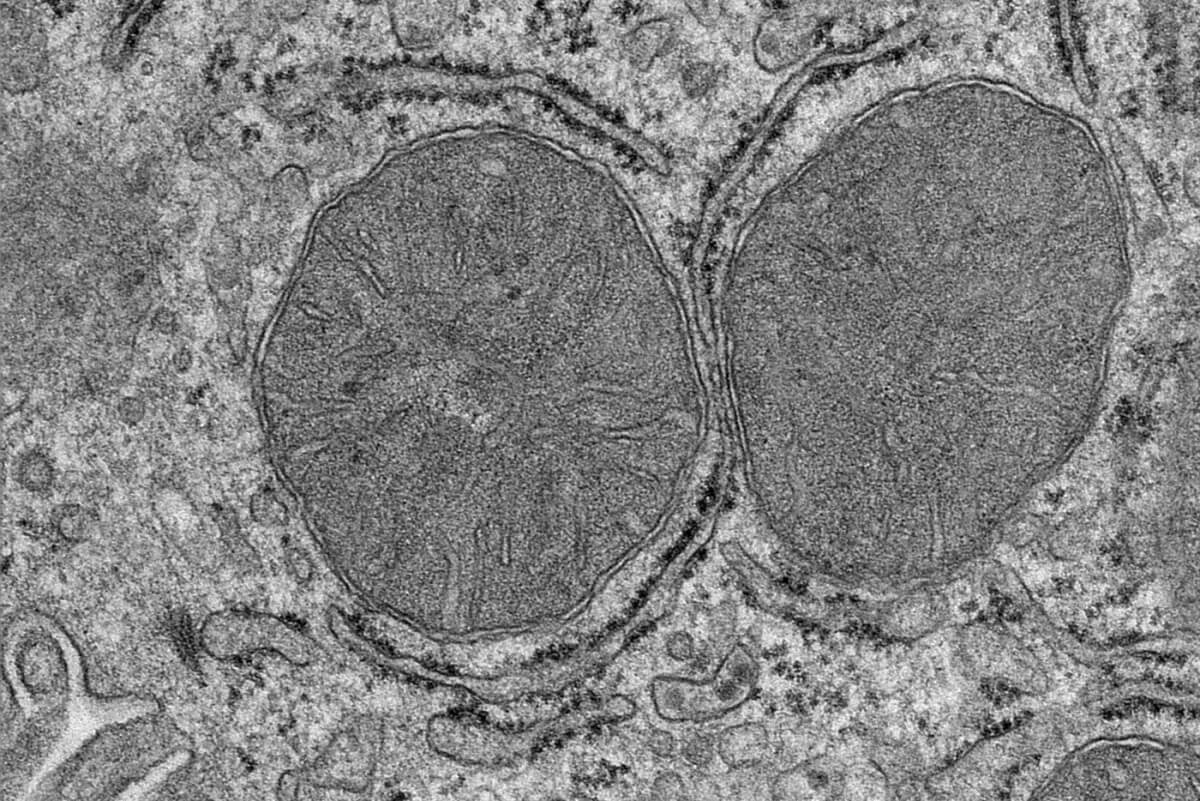COLOGNE, Germany — Have you ever wondered what happens inside of your body when you’re hungry and see and smell food? A team of researchers at the Max Planck Institute for Metabolism Research has discovered how our body reacts in a matter of minutes. The findings may pave the way for Type 2 diabetes treatments.
“When our senses detect food, our body prepares for food intake by producing saliva and digestive acid. We knew from previous studies that the liver also prepares for food intake. Now we have taken a closer look at the mitochondria in liver cells, because they are essential cell organelles for metabolism and energy production, and realized how surprisingly fast this adaptation takes place,” explains Sinika Henschke, the first author of the study, in a media release.
Using mice, the researchers showed that just seeing and smelling food was enough to stimulate a response in the liver. More specifically, sensing food impacted the mitochondria in the liver cells, which is mediated by a previously uncharacterized phosphorylation in a mitochondrial protein.
Phosphorylation describes the process of when a phosphate group is added to a protein, which is an important regulatory mechanism within the body. The work has revealed a new signaling pathway that regulates insulin sensitivity in the body.
The impact on the liver is mediated by a group of nerve cells called POMC neurons, which are activated within mere seconds by just the sight and smell of food. The liver is then signaled to prepare for nutrients to come its way. The team’s research also shows that the activation of POMC neurons alone is enough to adapt the mitochondria, even without food around.

“Our study shows how closely the sensory perception of food, adaptive processes in the mitochondria and insulin sensitivity are linked. Understanding these mechanisms is also important because insulin sensitivity is impaired in Type 2 diabetes mellitus,” says Jens Brüning, the head of the study and director at the Max Planck Institute for Metabolism Research.
A Dietitian’s Take
It would be interesting to see how these findings translate to humans and the implications it could have on Type 2 diabetes treatment. It is well known that the digestive process begins before you even take a bite of food.
Your body starts to prepare while you look at or smell good food, and we can even feel this happening mentally when we get excited to eat! On the physical level, when you see, smell, or even taste a meal in your imagination, you start to salivate. This is crucial because it makes everything that happens during the meal flow much easier.
Previous studies have shown that the liver also prepares itself, and now we might see that this mechanism can be used as a medical target. This is your reminder that food can and should be enjoyable, even if you want to eat healthier. We often get fixated on eating less and maybe not even seasoning food so that we’re less likely to overeat, but it doesn’t have to be that way at all.
The findings are published in the journal Science.

